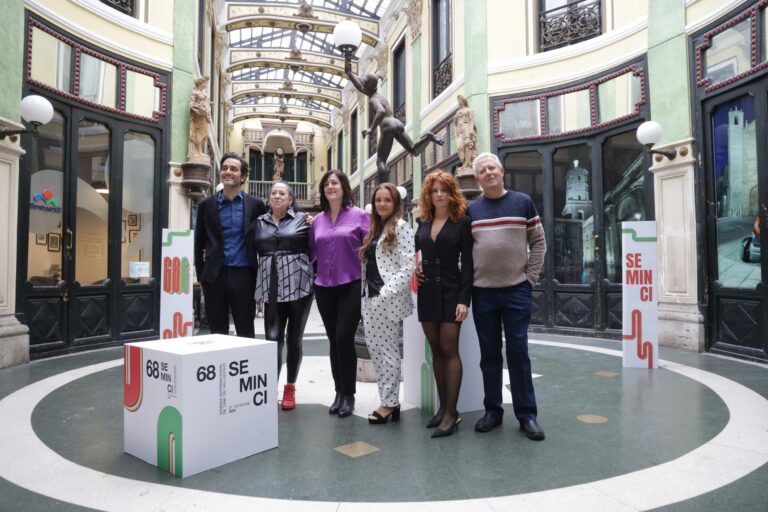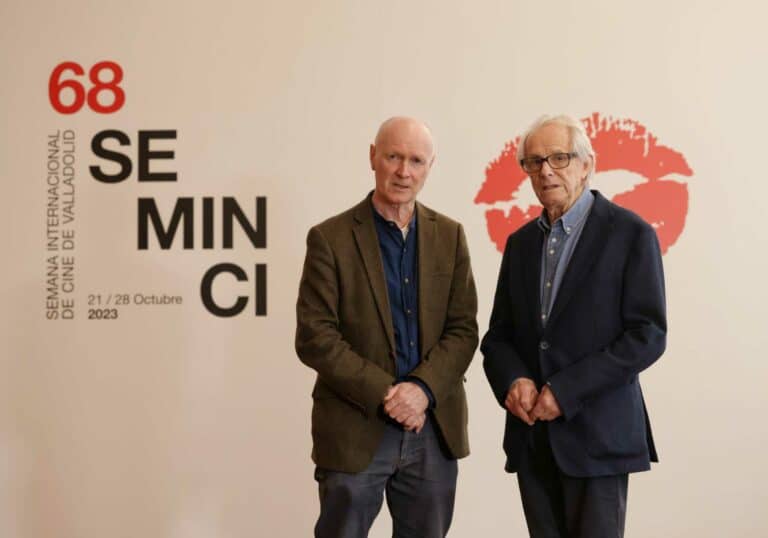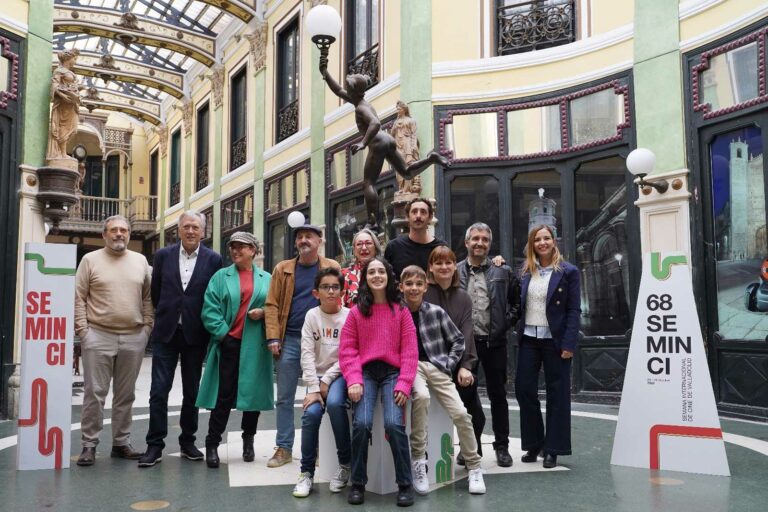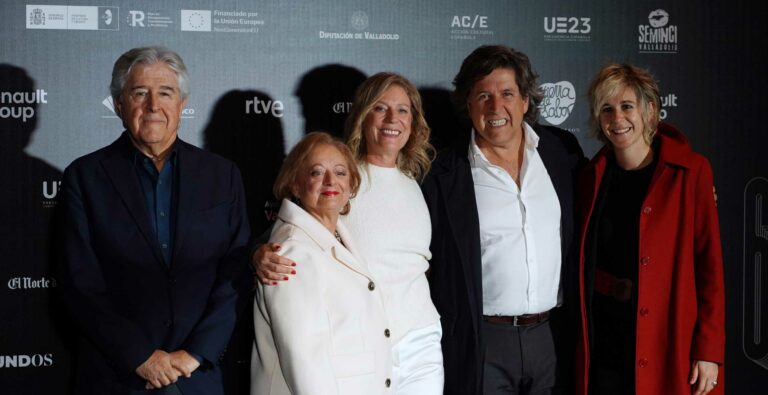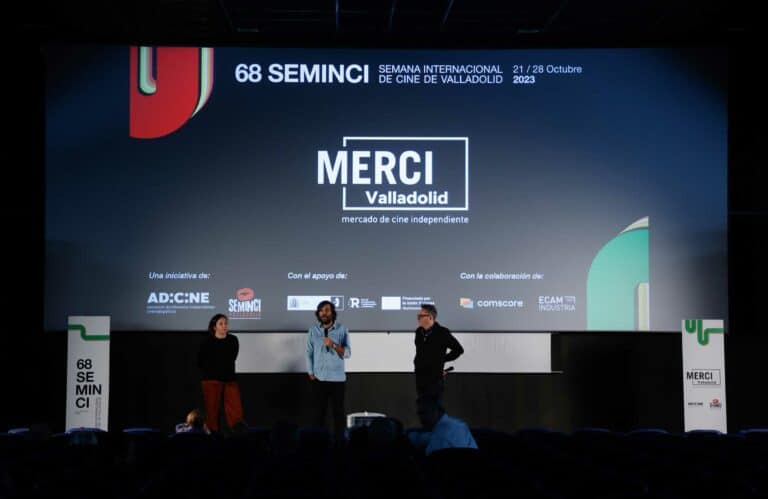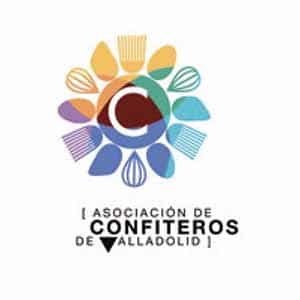In La Mif [The Fam], Swiss director and writer Fred Baillif delves into the day-to-day life of a temporary youth home for victims of abuse, run by social workers. The film, which mixes fiction and documentary, questions the system of foster homes for children and young people in Switzerland and, by extension, in other European countries.
Are the stories of the teenage girls in La Mif [The Fam] true stories?
No, they are not true stories of teenagers. I needed certain ethical boundaries, red lines, such as not giving away facts that are not a true part of the characters’ story. The characters are real in the sense that they bring their authentic personalities and emotions. But the facts are not necessarily true, they are the result of the documentation work we did from the beginning of the project, which consisted of interviews with girls and teenagers in the institution. More specifically, the documentation consisted of interviewing the people in the institution where we were going to shoot: teenagers, all of them 16 years old at the time. I interviewed them all, and then we did improvisation workshops with them, in which we asked them to be themselves. The only rule they had to follow was not to try to act at any time. The idea is to be aware that you’re directing non-professional actresses. Because of this lack of acting training, it’s important to give them clear and unambiguous information. In this way they concentrate better and develop more self-confidence.
Has it been hard to work with non-professional actors when dealing with such sensitive issues as child abuse?
For me it was very important to take care of this aspect. That’s why it was so important to get to know each other well beforehand: in the interviews, but also by spending time with them. There were two years of workshops, visits… to get to know each other. There is nothing in the film that they didn’t agree with. We always asked them beforehand and talked about things. If in reality someone had suffered a case of sexual abuse, either I knew about it beforehand or they themselves proposed it as a subject they wanted to appear in the film. We never acted lightly in this sense, but always discussed it with the teenagers. We didn’t force anyone to do or say anything they didn’t want to. And even if they had given their approval, we always gave them the possibility to change their words. There is a written script, but the dialogue is not in the script. And because of their ability to improvise, the girls could always change things, adapt things, suggest to me that maybe we shouldn’t include something… Or they would say: I would never use those words, I would say it this other way. It was always a team effort. And always with the collaboration of social workers. Claudia, who plays the role of Lora, was always there to talk to them if, for example, there was a stronger scene, an emotionally intense moment. We always spent time talking about these things and explaining them. I remember Kasia, one of the girls, when she did the scene where she cries, we spent a lot of time talking to her after the take.
You worked for some years in youth welfare, and in your film it is clear that an institution such as a foster home, which is governed by strict laws, cannot function as “a family.” What would it take to do that? Can these children and young people with problems be helped by keeping a “professional distance”?
This question is the core of the film. It is precisely the question I wanted to raise on the basis of my own experience. Personally, professional distance has always been a problem for me. Hence the scene between Novinia and Susana in the car, where she says “we are like your parents, but we are not really your parents… We want to protect you and we love you, but not exactly as if we were your parents.” For me this was always a big problem. And that’s exactly what I wanted to show in the film. But I don’t have an answer either. Maybe the concept of the “foster family” could be the right solution. Families can play the role of parents, but within an institution it is complicated because there are a lot of political issues. This was my message. On a personal level, being an independent filmmaker gave me the freedom to build a real relationship with Kasia and the other girls. Today they are no longer teenagers, but I think we should be able to have a real relationship and ask the questions that the film raises: What do we bring to these girls? Protection or love and affection? But the latter we are not allowed to do. We just facilitate a certain kind of “relationship,” but with distance. I don’t think they understand that easily. That’s my opinion. I think you’ll understand it when you watch the film.
The minors who come to these homes are often treated by the system as criminals rather than as victims, and they are also denied the right to live their sexuality and even to talk and dialogue about it. What do you attribute this to?
For me, the issue of sexuality is raised by Claudia (who plays Lora, the director of the home). She was for quite a long time the head of the family. When I did the preliminary interviews, she told me about it. For her this was the biggest problem she had to deal with as a director. The taboo of sexuality, when things happen that we can’t even talk about and that involve police intervention, fines, etc. All this comes from her experience. But she has been fighting for change for many years. So Kasia has already experienced these changes in the institution. There is more freedom to talk about these things. But when the courts intervene, you can’t do anything; you have to respect the legal system. Otherwise, as a worker, you can get into trouble. That’s why there is still a big problem here. As for the idea that they are treated as “bad girls” or troublemakers, this is another pitfall of the institution for me. As soon as you institutionalise a minor, you ghettoise her. And even if you don’t know her history, you form an opinion about her. We all have these kinds of preconceived opinions and this causes these minors a problem: it’s as if they are being marked with a stamp. You were an “institutionalised” minor. They are also treated differently by the workers for the same reason. They see them as vulnerable. I faced this problem myself as a social worker: how do you treat people equally when you know that they are in the care of an institution? It’s complex; you have to make an effort. But this was precisely the project and the meaning of the film: to put everyone (the minors, the centre staff, the administration) on the same level. That’s why I decided to make Lora a problematic character as well. She’s not just an adult, she has more problems than the girls themselves. It’s about deconstructing the myth that minors in institutions are more conflictive people than others. I don’t agree with that. Sometimes yes, but not in most cases.
The character of Lora, the director of the centre, is based on a real person, Claudia Grob, whom you knew closely and who plays a bit of herself in the film. What did you learn from Claudia and what led you to propose her to participate in the film?
Claudia has been the main source of inspiration for the film from the beginning: because of everything she told me and because of her long experience. It was obvious that she had to play herself, even though it’s all fiction. In her personal life those things that are told didn’t happen, although a little bit in her professional life. But she is playing a role, it’s fiction. And she does it very well, because she has more experience than me. That’s why I trusted her, although I didn’t expect her to be so extremely good. And the same goes for Kasia. She was a huge surprise, a natural talent. But getting to that point is a long process, getting them to the point where we were shooting and they were perfectly prepared to bring what we need. It took a long time, a lot of work to understand each other and get to know each other. They also got to know me. It was mutual. We built a relationship.
The film questions and criticises the system of residential care for children and young people in Switzerland, something that can probably be extended to other European countries. [“A youth centre cannot be a prison,” says Lora] The system itself also exercises violence against minors. [In the film one of the girls claims to have felt raped (perhaps more than physically, in her intimacy) after being given a pelvic revision…]. Do you know of any country where the child protection system works well?
I’m not an expert, I’m not. I don’t know how it works in other countries… What I’m trying to show is that it’s a question of priorities. Social workers’ priority should be what I’m doing now with the film: helping these people grow, to have more confidence, to have good experiences, to develop their personalities, their potentials… But, because of the system, the priority is the protection, of the minors and of the institution, or rather the protection of the reputation of the institution. And for me this is a big problem. As social workers, you can see all kinds of things. We try to do things with the minors, with the teenagers, but most of the time we have to dedicate our time and energy to bureaucratic issues, instead of developing real projects with the minors. I worked in this and in my first job I literally had to “imprison” children at night. It doesn’t make any sense to me.
Why does the film focus only on women?
From the beginning, I wanted to talk about sexual abuse. I have met many women who have told me these stories of being abused by their father, their uncle, even their grandfather. And these are true stories that I wanted to bring to the film. I think it’s about time that we look at these things. Sexual abuse is mostly a problem for women.
What can a teenage immigrant do when he or she comes of age and is denied the right to asylum? Is there a way out?
I think these things need to be normalised. Lora tells Tamara to run away, so that the police don’t find her and send her back to her country. Sometimes that’s the solution, that’s what the social workers tell the kids, to run away, but of course that’s illegal. I’m working right now on a new film, which is very different, and I just spoke to a man who has been studying for six years, just like Kasia, he’s absolutely integrated in Switzerland, and suddenly he’s been told that he’s been denied asylum, so he has to go back to his country of birth, Eritrea. He almost died four times just to come here, and now he has to go back. So what a lot of people in that situation do is escape to another European country and try again there.



